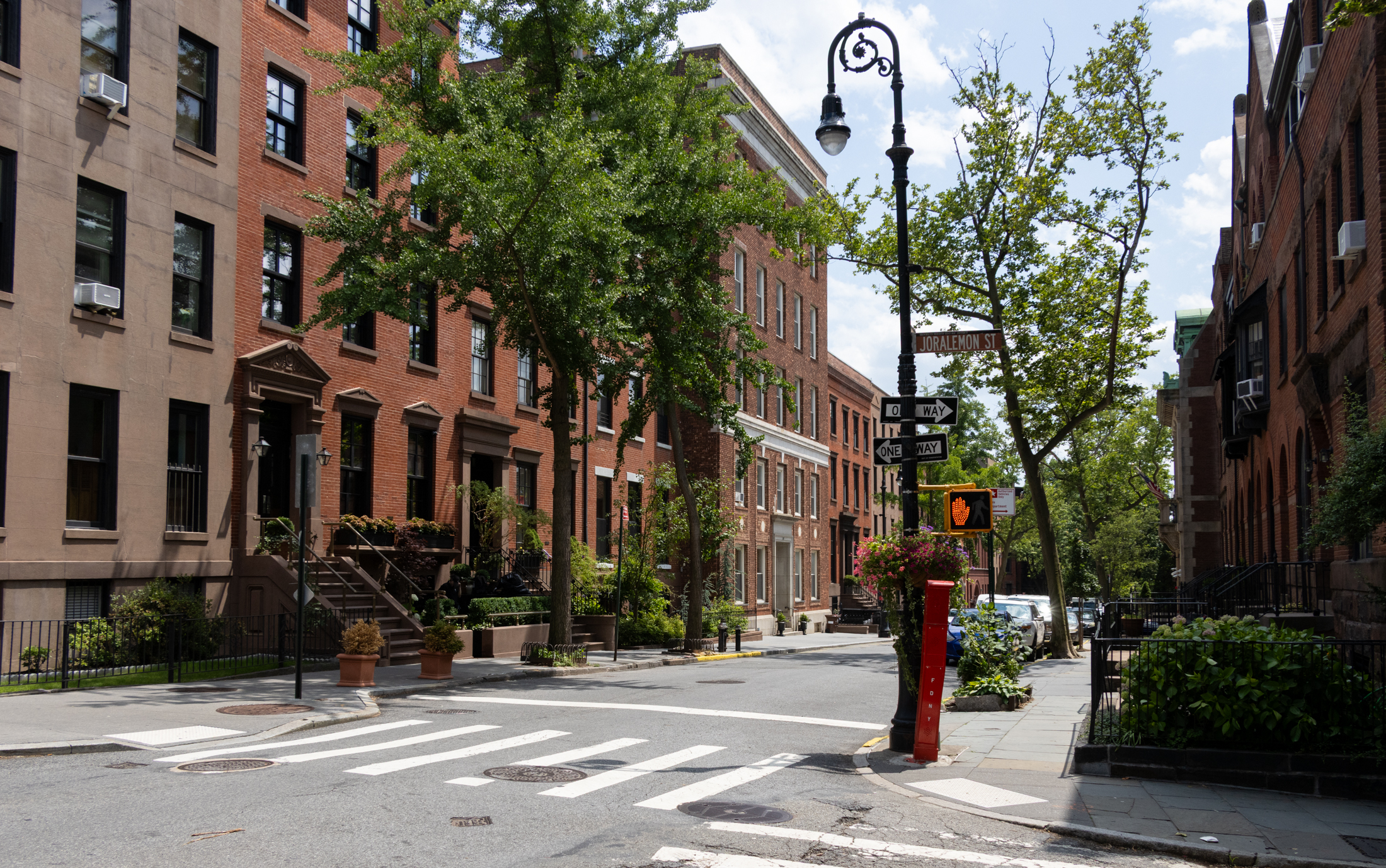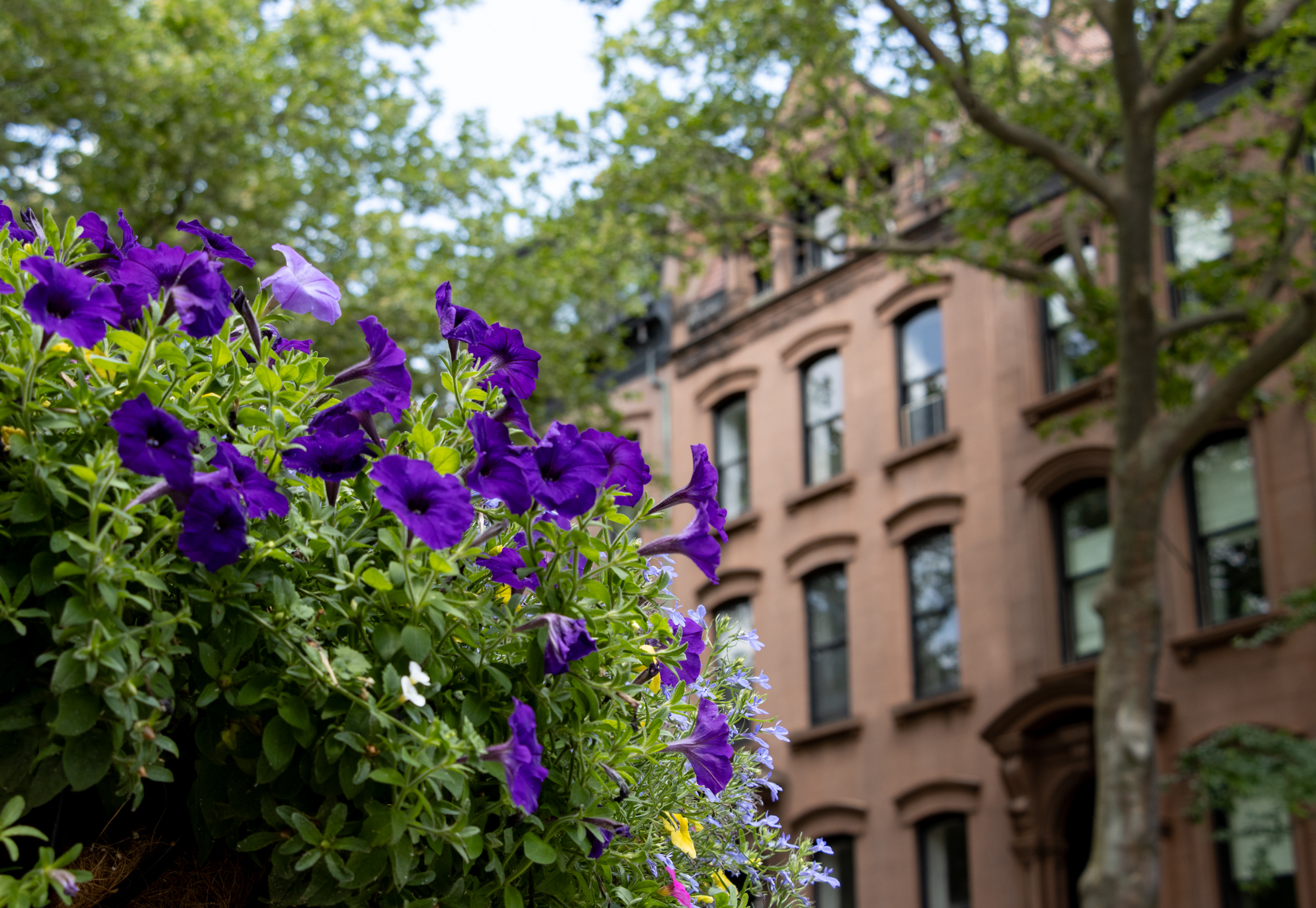Coney Island Creek May Become Brooklyn's Next Official Superfund Site
Federal inspectors determined that the pollution of Southern Brooklyn’s creek warrants a more thorough investigation.

Photo by Charles Denson via Brooklyn Paper
Southern Brooklyn’s notoriously contaminated Coney Island Creek is one step closer to receiving Superfund status after federal inspectors determined that the creek’s pollution warrants a more thorough investigation, an official with the federal Environmental Protection Agency (EPA) said.
“Based on the [Preliminary Assessment] findings, EPA has determined that Coney Island Creek will be evaluated for further assessment under the Comprehensive Environmental Response, Compensation, and Liability Act (CERCLA), also known as Superfund,” wrote Site Assessment Manager James Desir in a December 8 email to a local activist.
If the federal agency finds that the creek’s toxins are above a certain threshold — posing a threat to human health — and it receives approval from locals and the state, EPA will add the canal to the National Priorities List, officially designating it a Superfund site.
Officials would then work with community leaders to craft a remediation plan before beginning the cleanup, a process that can take upwards of 20 years.
EPA’s investigation comes after Brighton Beach activist and former Community Board 6 staffer Craig Hammerman wrote a letter to the federal agency in March, outlining the creek’s history of pollution and requesting that EPA consider the creek for Superfund status.
EPA’s acting director for Superfund management responded to Hammerman in April, and said the agency would investigate the contamination.
A preliminary assessment of the creek in September, which EPA conducted by combing through historical documents about the creek’s conditions, determined that the creek qualified for an on-site investigation, Desir wrote in his December 8 email to Hammerman.
During the site investigation, scientists will test the air, water, and soil in and around the creek to find the contaminants present and see if they pose harm to the community. If officials determine that the level of contamination meets the agency’s standards, they will hold a public hearing and National Priorities List, as long as there is local approval.
However, New York State’s Department of Environmental Conservation may take over the cleanup if it has the resources to conduct and fund the remediation itself, EPA representatives said.
The creek — which separates Coney Island from Gravesend along the western half of the peninsula — has dangerously high levels of lead, mercury, and pesticides after local factories used the creek as a dumping group for decades, according to environmentalist Ida Sanoff.
And though the factories closed years ago, the pollution didn’t stop. In 2016, the city discovered that 16 apartment buildings in Gravesend had been dumping 200,000 gallons of raw sewage into the creek per day, possibly for years.
One year later, the city got approval to dump up to 7.2 million gallons of partially-filtered, but contaminated water into the canal for up to two years.
Meanwhile, many locals use the creek to swim, fish, and conduct religious ceremonies in Kaiser Park — potentially exposing them to longterm harm, environmentalists say.
Local officials have vowed to get EPA to examine the creek. In 2016, the local community board voted unanimously to ask state regulators to deem the creek a Superfund site, but the Department of Environmental Conservation rejected the request for reasons they didn’t specify.
Two years later, Congressional Rep. Hakeem Jeffries told community members that he would push EPA to grant the creek Superfund status, but the agency did not assess the creek.
Sanoff, who has demanded that politicians call for a federal cleanup, slammed the apparent inaction from local electeds.
“I think that our elected officials should be ashamed of themselves. Because this is something that I know I tried to get them interested in, and not one of them did anything to really advance it,” she said. “Kudos to Hammerman for at least getting the ball rolling.”
Hammerman — who helped oversee the Gowanus Canal’s Superfund planning process since the waterway’s designation in 2009 — said his experience on the Park Slope community board helped him when he reached out to EPA.
“There were a lot of frustrated people here that have been trying to get something like this done for a long time, but it was simply a matter of using the right language and getting in touch with the right people,” he said.
Hammerman estimated that the site investigation will take under a year, but should EPA designate the creek a Superfund site, the planning phase could take years — in part because of obstruction from city government. Each Superfund’s planning phase involves finding the parties responsible for contamination — and because the creek is city-owned property, the city would most likely have to pay for part its remediation, Hammerman said.
“I suspect that the City of New York will probably lobby against the Superfunding of Coney Island Creek,” he said. “A, they’re going to lose control of the environmental remediation of a city-owned property … and B, the city will be found to be one of the responsible parties because they did nothing to clean up the creek in all the time they’ve owned it.”
The construction of the Coney Island Ferry terminal for the upcoming ferry line to Kaiser Park pier will most likely continue, as long as it doesn’t lead to further contamination, Hammerman said.
The civic guru added that he hopes the creek gets deemed a Superfund not only because the clean up would remediate the fetid canal, but because the process itself is very community-driven.
“What ultimately sold me on it is that the community has a seat at the table for the entire process,” Hammerman said, praising the EPA’s constant community involvement. “If all agencies of government worked like that, we’d have a very different view of government.”
Editor’s note: A version of this story originally ran in Brooklyn Paper. Click here to see the original story.
Related Stories
- Here’s What Will Happen During the Gowanus Canal Superfund Cleanup
- EPA Begins Long-Awaited Cleaning of Toxic Gowanus Canal
- What Exactly Is the Black Mayonnaise at the Bottom of the Gowanus Canal?
Sign up for amNY’s COVID-19 newsletter to stay up to date on the latest coronavirus news throughout New York City. Email tips@brownstoner.com with further comments, questions or tips. Follow Brownstoner on Twitter and Instagram, and like us on Facebook.





What's Your Take? Leave a Comment